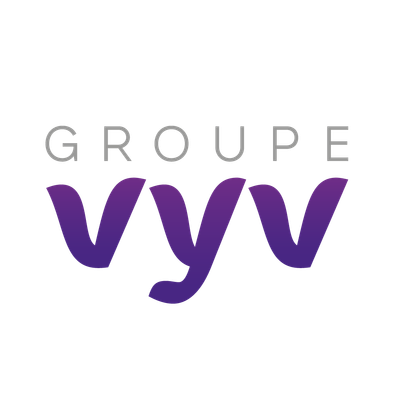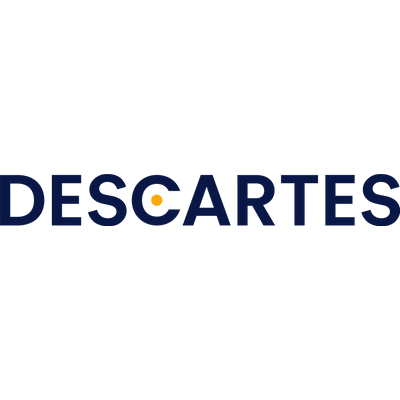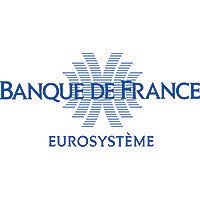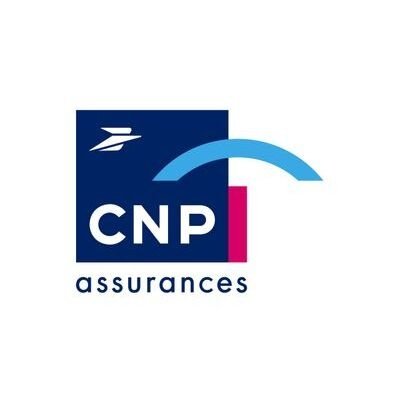Group Commercial Product Owner
Le poste
Descriptif du poste
To support the strong development of its Sales Operation - Group Commercial team, Coface is recruiting a Data and Commercial Product Owner position
As part of a high-performance and dynamic team, he/she will act as a functional expert for commercial activities. This includes acting as the Product Owner on certain commercial projects related to Infocenter/Datawarehouse and Contract Databases. Additionally, he/she will actively contribute to the team’s broader responsibilities, such as supporting sales processes, analyzing data to drive insights, ensuring data quality and consistency across systems, and identifying opportunities to enhance operational efficiency.
The Product Owner (PO) is the representative of the trade responsible for defining the needs, priorities, expected benefits and the roadmap for the realization or evolution of an application solution ("Product") on its perimeter. It accounts to the business Sponsor and is legitimate to make all decisions on this perimeter/product.
The needs and priorities must represent all users of the product and in this context, the PO is responsible for the adherence of the users to the delivered solution as well as to the delivery schedule.
The current scope includes acting as Product Owner for the Antichurn, as well as acting as Proxy Product Owner for Centrix in collaboration with the existing project team. This scope will evolve based on the lifecycle of these two projects and any new initiatives. Priorities will be defined with the manager as needed.
DAILY AND MONTHLY RESPONSIBILITIES:
- Define and Prioritize the Product Backlog: The Product Owner is responsible for creating and maintaining a prioritized list of features and user stories known as the backlog. This involves understanding the market, customer needs, and business goals.
- Communicate Vision and Goals: Clearly communicate the product vision and goals to the development team and stakeholders. This ensures that everyone involved understands the direction in which the product is headed.
- Stakeholder Management: Engage with stakeholders to gather input, feedback, and requirements. Balancing the needs of various stakeholders is crucial for the success of the product.
- User Stories Definition: Break down high-level features into detailed user stories with acceptance criteria. These user stories serve as the basis for development tasks and provide a clear understanding of what needs to be built.
- Prioritization: Continuously prioritize the items in the backlog based on value, business goals, and user needs. The Product Owner must make decisions about what features or improvements are most important for the development team to work on next.
- Work with BT Team: Collaborate closely with the BT team, answer questions, and provide clarifications on user stories. The Product Owner is a key point of contact for the team and is responsible for ensuring that the team understands the requirements.
- Acceptance Criteria: Define acceptance criteria for user stories to ensure that the development team understands what constitutes a completed and satisfactory implementation.
- Release Planning: Collaborate with the team to plan releases and set priorities for each iteration or sprint. This involves coordinating with the team to determine what features will be included in each release.
- Testing and Validation: Participate in the testing and validation of the product to ensure that it meets the acceptance criteria and fulfills the requirements.
- Adapt to Change: Embrace and manage changes to the backlog, adjusting priorities and plans as necessary to respond to changing market conditions, customer feedback, or business goals.
- Metrics and Feedback: Collect and analyze data and feedback to measure the success of the product and inform future development efforts
The Product Owner may be required to have a role of Project Manager in a pre-study phase and is expected to work in alignment with the company's priorities, including potential involvement in other projects as determined collaboratively with their supervisor
Profil recherché
- Min 3 years of experience in Coface.
- Strong verbal and written communication, planning, and project management skills.
- Capacity for meeting, collaborating, negotiating with users and Business Technology teams, building consensus
- Ability to make decisions without total visibility, ability to adapt to frequent changes and contingencies
- Strong problem-solving skills to identify, analyze, and resolve complex issues.
- Ability to take a step back, strong ability to prioritize and relativize business needs
- Strong proficiency in analysis and reporting tools (advanced Excel, Power BI, Tableau, etc.)
- Knowledge of databases and related tools (SQL, Infocenter, Datawarehouse).
- Familiarity with contract management systems or commercial data tools.
- Capacity for leadership, decision-making, ability to take responsibility
- Team spirit, ability to mobilize employees
Envie d’en savoir plus ?

Rencontrez Baptiste, Risk Analyst

Sandrine, HR Director Western Europe region
D’autres offres vous correspondent !
Ces entreprises recrutent aussi au poste de “Agile and Scrum”.













